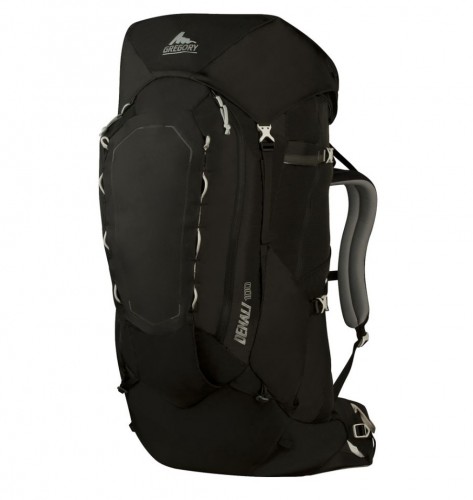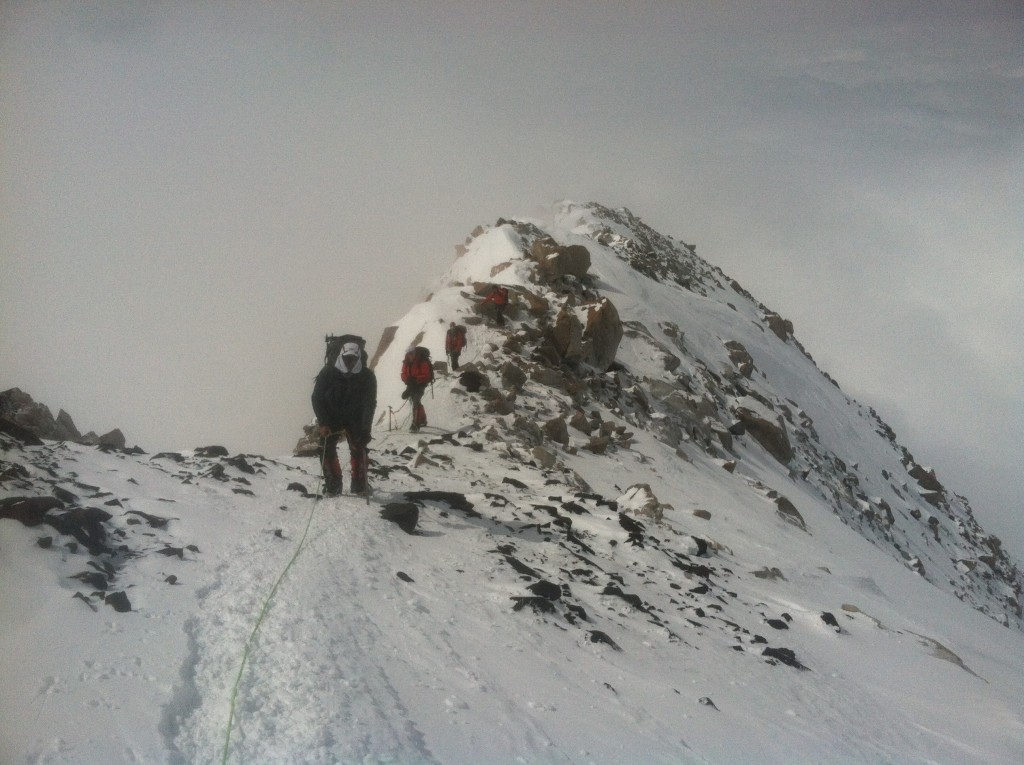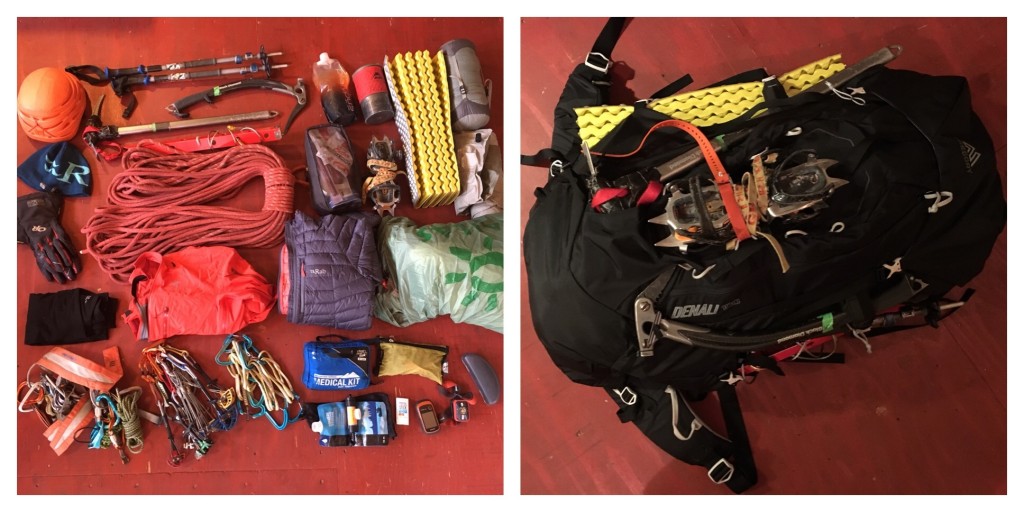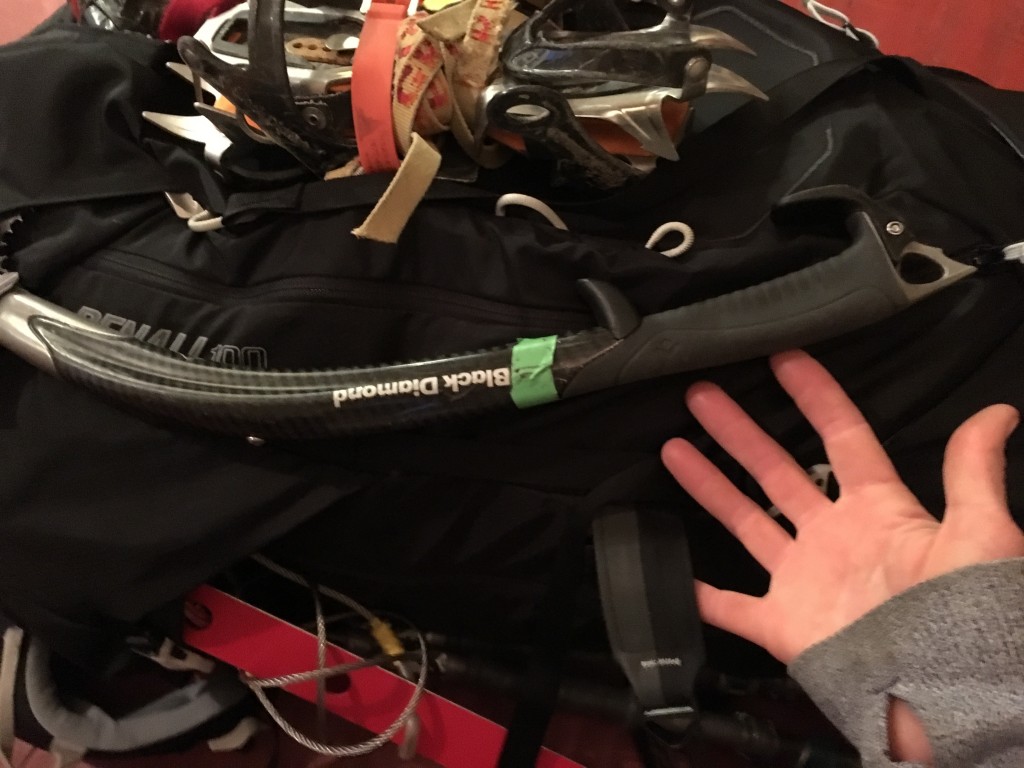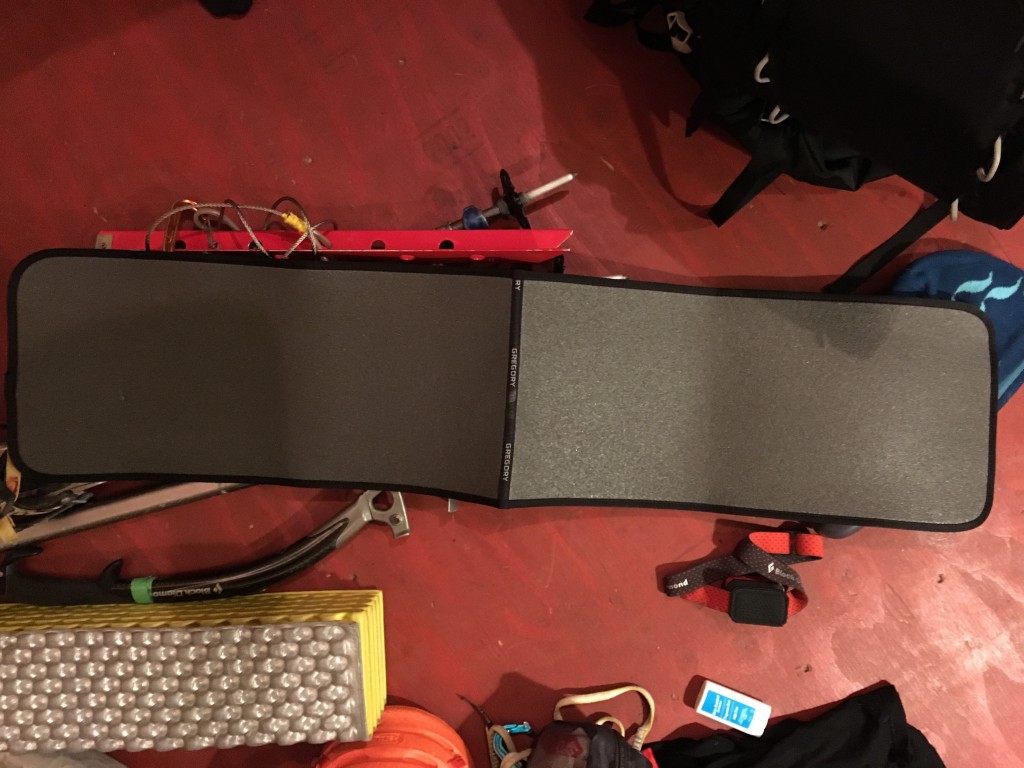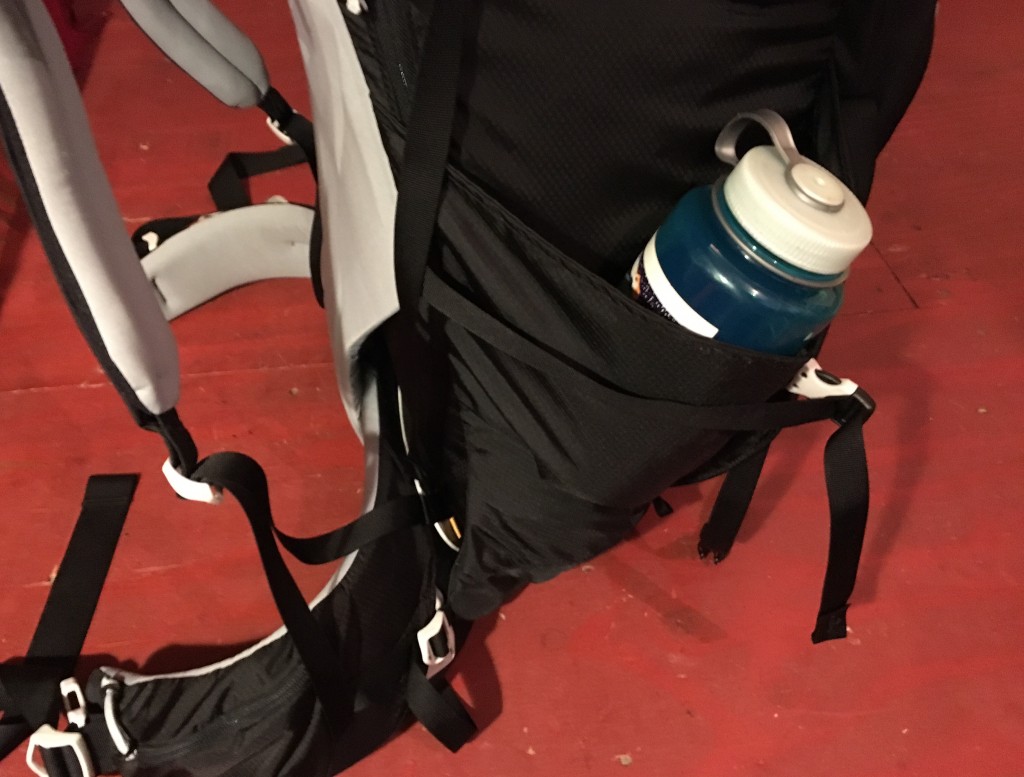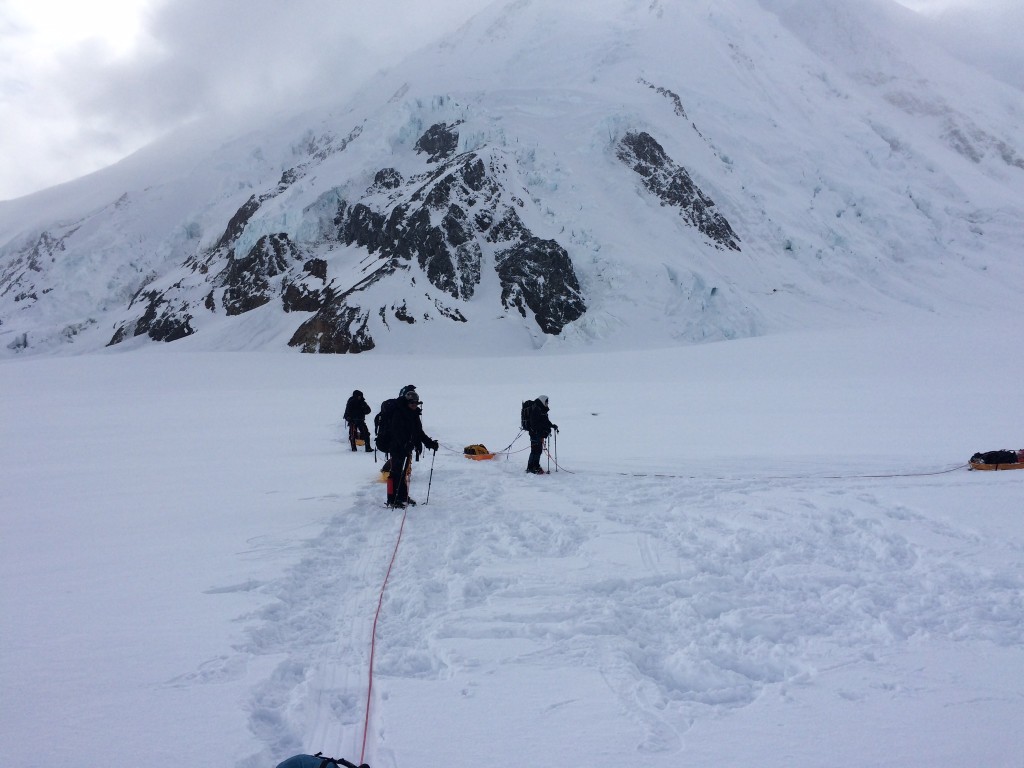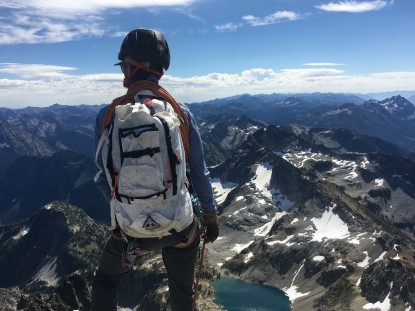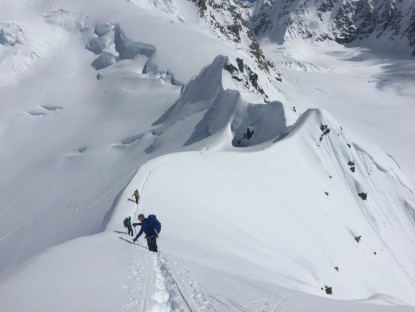Gregory Denali 100 Review
Our Verdict
Compare to Similar Products
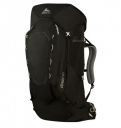 This Product
Gregory Denali 100 | |||||
|---|---|---|---|---|---|
| Awards | Best for Expeditions | Best Overall Mountaineering and Alpine Model | Best for Cold Technical Climbs | Best All-Rounder | Best Bang for Your Buck |
| Price | $217.73 at REI Compare at 4 sellers | $200.00 at REI Compare at 2 sellers | $425 List $425.00 at Hyperlite Mountain Gear | $204.95 at Dick's Sporting Goods Compare at 2 sellers | $110 List |
Overall Score  |
|||||
| Star Rating | |||||
| Bottom Line | This is a great pack for long, cold expeditions; it is comfortable and climbs better than most packs of this size | This is a comfortable and versatile pack that performs well in all alpine terrain | Hyperlite Mountain Gear excels at making lightweight and remarkably comfortable packs and this is a great model for mountaineering | This is a great pack for all mountain sports and may even be suitable for multi-day trips | What this pack lacks in versatility it makes up for in performance on steep technical alpine terrain |
| Rating Categories | Gregory Denali 100 | Osprey Mutant 38 | Hyperlite Prism | Black Diamond Speed 40 | Black Diamond Blitz... |
| Versatility (30%) | |||||
| Weight to Volume Ratio (20%) | |||||
| Comfort (20%) | |||||
| Durability (15%) | |||||
| Features (15%) | |||||
| Specs | Gregory Denali 100 | Osprey Mutant 38 | Hyperlite Prism | Black Diamond Speed 40 | Black Diamond Blitz... |
| Measured Volume (liters) | 90 | 37 | 50 | 45 | 29 |
| Measured Weight (pounds) | 6.3 | 2.84 (without lid), 3.25 (with lid) | 2.25 | 2.93 | 1.09 |
| Measured Weight (grams) | 2860.2 | 1288.2 | 1020 | 1330 | 496.1 |
| Weight to Volume Ratio (grams per liter) | 31.78 | 34.82 | 20.40 | 29.56 | 17.11 |
| Frame Type | Integrated framesheet, removable aluminum stays | Inner framesheet with aluminum stays | Sewn-in foam backpanel with single removable stay | Removable foam and plastic framesheet with 3 stays | Foam pad |
| Fabric | 210D nylon | 210D nylon with 420HD nylon packcloth on bottom | DCH150 + DCHW | 210d ripstop main, 420d abrasion | Dynex ripstop |
| Pockets | 3 zippered lid, 1 zippered side, 1-2 zippered front (modular), 1 zippered hip belt, 2 side pockets; 1 side access zipper | 1 zippered lid | 1 main, 1 lid, 2 side wand pockets | 1 main, 2 zippered lid, 1 internal hydration | 1 main compartment, 1 waterproof top lid, 1 internal zippered |
| Hip Belt? | Yes - removable, with gear loop and pocket | Yes - reverse wrap hybrid EVA foam w/ gear loops and ice clipper holsters | Yes - removable | Yes - padding removable, not belt | Yes - removable webbing belt |
| Removable Suspension Padding? | Yes - removable framesheet and stays; also has a removable foam pad which unfolds to double in length | Removable framesheet and/or dual stays | No | Yes | Yes |
| Lid? | Yes - removable | Yes - removable with stowable FlapJacket for lidless use | Yes - removable | Yes - removable | Yes - removable |
| Hydration System Compatible? | Yes - internal pouch with buckled hanging loop | Yes - internal pouch with buckled hanging loop | No | Yes | Yes |
Our Analysis and Test Results
The Denali 100 is a great expedition backpack, specially tailored to the needs of climbers on Denali's popular West Buttress route.
Performance Comparison
Versatility
Almost as a rule, an expedition pack is a terrible all-rounder. Browse the rest of our review for a smaller pack, something in the 30-50 liter range, if you're looking for a more versatile model (though that size range won't be useful on most expeditions).
We took this pack out on smaller test trips to round out our testing, but it is not a backpack to take for a day of cragging at your favorite rock climbing area. It is not a pack that would go off the ground with us for multi-pitch climbs, and it's also not a pack we would take backcountry skiing, ice climbing, or on mountaineering trips of less than one week. The Denali is an expedition pack. It is HUGE. As such, it carries best when it is full, or mostly full, and it is floppy, heavy, and awkward when it is empty.
Weight to Volume Ratio
The Denali is a hefty 6.3 pounds, though it's still not as heavy as our early 2000s Arc'teryx Bora 80 liter pack. Mountaineering and backpacking backpacks have come a long way in a relatively short amount of time, with lighter materials and simpler suspension.
However, durability is wildly important when you're on a weeks-long expedition, so we didn't penalize this pack too much for being so much heavier. Plus, as you add volume and carry more stuff, you need more robust materials and beefier suspension.
Comfort
The Denali carried comfortably in a broad range of situations, which is relevant to a climb of, say, Denali (one of the 'Seven Summits'), where you will be hauling loads to a high camp, then carrying a relatively light and empty pack back down to your current camp. The frame above the shoulder straps curves gently away from the head, and there is a semi-circular cutout where your head typically rests. We enjoyed the drastically improved range of motion and comfort for our head and neck while carrying this pack.
We hauled expedition sleds with this pack as well, and we were impressed by the balance and relative comfort. This is likely because Gregory designed specific pull loops which are perfectly oriented to haul a sled efficiently. We've been rigging sleds onto backpacks without them for years, but those haul loops do make it ride just a little bit better, and they don't add any notable weight, bulk, or hassle. They also make attaching a sled to the pack significantly easier, especially while wearing gloves.
The Denali has thicker padding, which is still a mainstay feature of heavy packs (in lighter models, we much prefer thin, stiff padding), but it is relatively rigid and durable. We liked the stiffness more than the softer padding you find in some 70-liter (large) backpacking backpacks. The padding is more important than one might initially think; when you put on a big, well-padded model in the store, this soft padding feels comfy, like a cloud on your back.
In the long term, softer padding will wear out faster, and during a several-day (or weeks long) trip (or expedition), this can result in a less precise and more wobbly fit. The softer padding is mildly less secure and stable than firmer padding. This is one reason we love stiffer padding on lightweight, technical climbing packs; it allows for a more precise fit for the times when you're busting some fancy climbing moves. And when you're jugging lines on steep, blue ice, or fighting gusts of wind on Denali's West Buttress, you'll be psyched that the stiffer foam padding on the pack is there to help ensure your every move to counter the wind. It will also keep your balance transferred directly to that monster pack on your back.
Durability
There is no doubt that durability is an important feature on any expedition pack. The Denali is a very durable pack, and we noted no significant durability issue on expeditions with it. This pack is up to par for all we could throw at it in the Alaska Range and on some shorter test trips in the Pacific Northwest.
The Denali features 210 denier nylon which is lighter weight than the 420 or higher denier used in some other packs. The higher denier rating should be slightly more durable than a lower number, but it does not tell the whole story, as design, seams, and manufacturing can all make a big difference.
In our field tests, we could not detect any notable issues in this pack's quality or overall design. In general, we have found that it is getting more and more challenging to judge packs based on the denier numbers alone due to other manufacturing processes. The summary of features and design, including where the stress points are, tends to give the best sense of durability.
Features
Expedition packs are much more feature-heavy than the average climbing pack. We usually want our climbing and mountaineering packs to be simple, but extra features are often desirable on a week(s)-long expedition.
Often you will be hauling a lot of food and gear to a high camp, so you don't need to access the contents of the pack, but you do want it to feel secure and stay well-packed during transit. This makes intelligent features, such as pockets, sleeves, and straps, a key component to a good expedition pack.
In general, the features on the Denali felt a bit fiddly and less intuitive. It took a little practice to get used to how best to use this pack. One feature that felt awkward was the ice axe attachment system. The angle didn't work for our slightly curved, alpine ice tools (which one might carry on an expedition), and the Velcro loop that secures the shaft of the ice axe serves two purposes — they secure the ice axe but also clip across the side of the pack and bind any items you've lashed to the outside.
We didn't like this feature because it meant you had to keep track of two items if you needed to grab the ice axe. For example, if you remove the ice axe in high winds and you have something strapped to the side, you have two things to keep track of when you unclip the side strap to undo the Velcro and release the axe. This is picky, but when conditions get brutal in cold environments, these kinds of details add up. We prefer a more straightforward approach to features like this.
The other part of the ice axe attachment is a small metal bar threaded through the hole in the head of the axe. This is similar to other packs, however, Gregory did not attach this metal bar to the pack with an elastic cord, so it is quite challenging to wrangle the metal bar through the hole, especially with gloves on. This feature needs to be able to stretch to weave the bar through the head of the axe. Notably, the Denali does have a sleeve to slide the picks of the ice axes into, which is a feature we prefer to have.
Value
This pack is pricey but on par with a pack of its size and quality.
Conclusion
The Gregory Denali is a great pack for a snowy expedition. It is optimized for hauling big loads on steep snow and ice and dragging sleds for days on end. The features are a little wonky at times, and Gregory could shave some weight by streamlining them, but overall it is a solid pack that will keep you climbing happily in high places.


